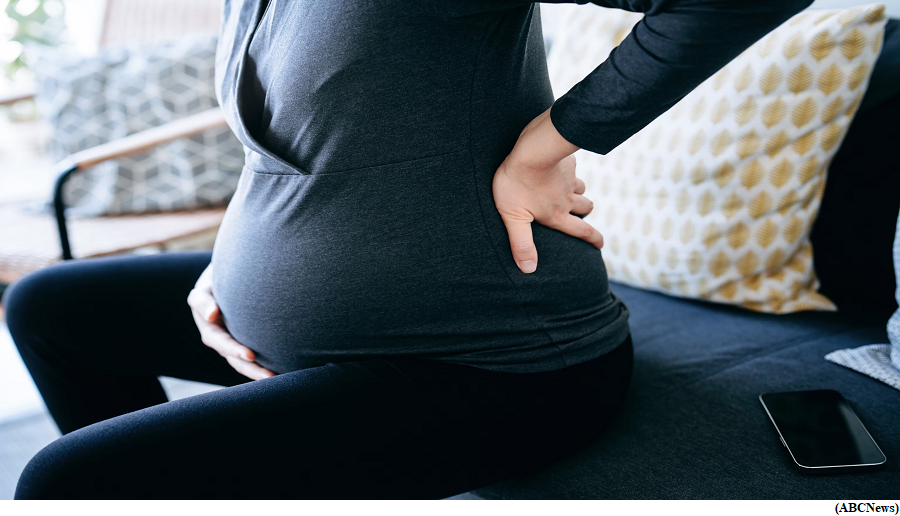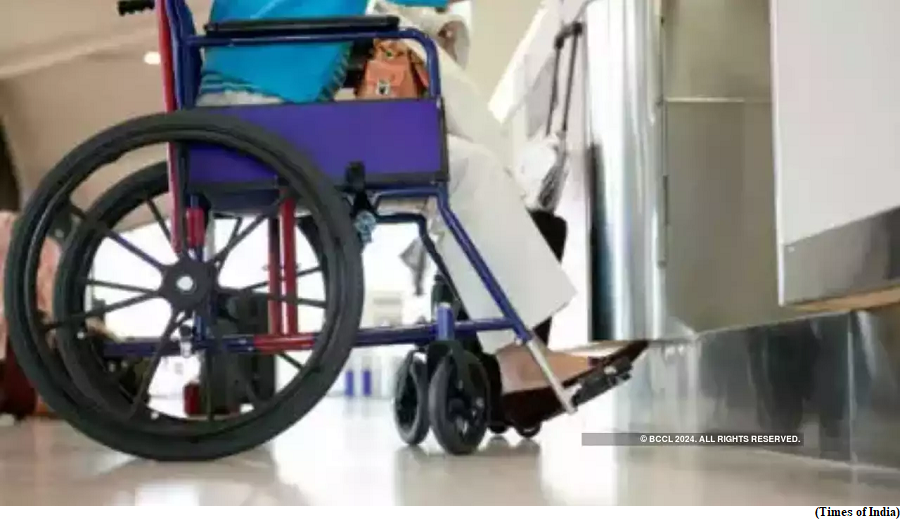Researchers find the cause of nausea, sickness in pregnancy (GS Paper 2, Health)

Why in news?
- Researchers have found a link between increased levels of a hormone and nausea during pregnancy (including morning sickness).
- The results shed light on these complex metabolic processes and offer potential avenues for treatment going forward.
HG:
- The majority of pregnancies (70%) are affected by nausea and vomiting, which can progress to a severe form known as hyperemesis gravidarum (HG).
- The hormone growth differentiation factor15 (GDF15) has previously been implicated in morning sickness in previous literature; however, the underlying mechanism has yet to be described.
Key Highlights:
- Researchers from the University of Cambridge and others measured levels of GDF15 in expectant mothers in their first trimester and found a notable link between elevated levels of GDF15 and reported nausea and vomiting (including hyperemesis gravidarum).
- Further analysis of placental and maternal samples revealed that the foetus is responsible for the vast majority of the hormone circulating in the maternal plasma.
- They also found that lower levels of GDF15 before pregnancy are associated with a higher risk of developing hyperemesis gravidarum.
- Conversely, women with beta-thalassaemia (a condition in which GDF15 levels are chronically high) rarely reported nausea and vomiting in pregnancy.
- These results suggest that those with lower levels of GDF15 before pregnancy may be more sensitive to the increased levels of the hormone during pregnancy, and thus more affected by the sickness that it triggers.
Way Forward:
- The study goes beyond establishing a correlation between GDF15 and nausea and vomiting in pregnancy, and provides genetic evidence for a potential causal mechanism.
Draft norms look to make Railways more disabled-friendly
(GS Paper 2, Social Justice)
Why in news?
- The Union government has released draft guidelines on accessibility of railway stations and facilities in trains for persons with disabilities, highlighting the need for integrating technology-enabled features such as text-to-speech and user-friendly pictograms.

Details:
- The proposed guidelines also highlight the need for dedicated website features catering to persons with disabilities, ensuring a flexible and accessible interface design.
- These features will follow universal design principles and World Wide Web Consortium guidelines, integrating technology-enabled accessibility features such as text-to-speech and user-friendly pictograms, the draft guidelines state.
Key Highlights:
- The draft includes the development of a dedicated mobile app and a one-click template for persons with disabilities displaying all the information and facilities available for them at stations as well in trains.
- For inclusivity, credible announcements regarding facilities for disabled persons will be integrated into public announcement systems at train stations and platforms. This includes sign language, captioning, and digital displays, the draft guidelines suggested.
- Standardised illuminated signage across all stations, coupled with Braille signage, has also been proposed. Frontline staff will be trained in sign language to ensure effective communication, these stated.
- The guidelines call for accessible entry and exit points, ramps and handrails. Designated accessible parking areas with clear signage are recommended for the convenience of differently-abled individuals.
- Low-height ticket counters with accessibility signage and accessible help booths manned by Divyangjan Sahayaks are proposed to enhance the overall accessibility experience, the draft guidelines stated.
Accessible features:
- The guidelines placed emphasis on creating unobstructed zones on platforms, incorporating tactile guiding blocks, and providing accessible toilets, drinking water booths, and foot-over bridges. Accessible lifts at platforms and well-coordinated lighting systems are outlined in the guidelines.
- Integration of accessible features in new train coaches, prominent signage, Braille coach numbers, and contrasting colours for exteriors are recommended and inclusive coach interiors with accessible toilets and seating arrangements are also part of the proposed guidelines.
- The existing system of station inspections by multi-disciplinary committees will continue to monitor disabled-friendly facilities.
- Feedback mechanisms through complaint books, websites, and mobile apps are introduced to engage the public in improving accessibility standards.
What’s next?
- The Department of Empowerment of Persons with Disabilities under the Union Ministry of Social Justice and Empowerment has asked stakeholders and the public to give their comments, objections and suggestions by January 29 on the proposed guidelines to create a more user-friendly environment.



